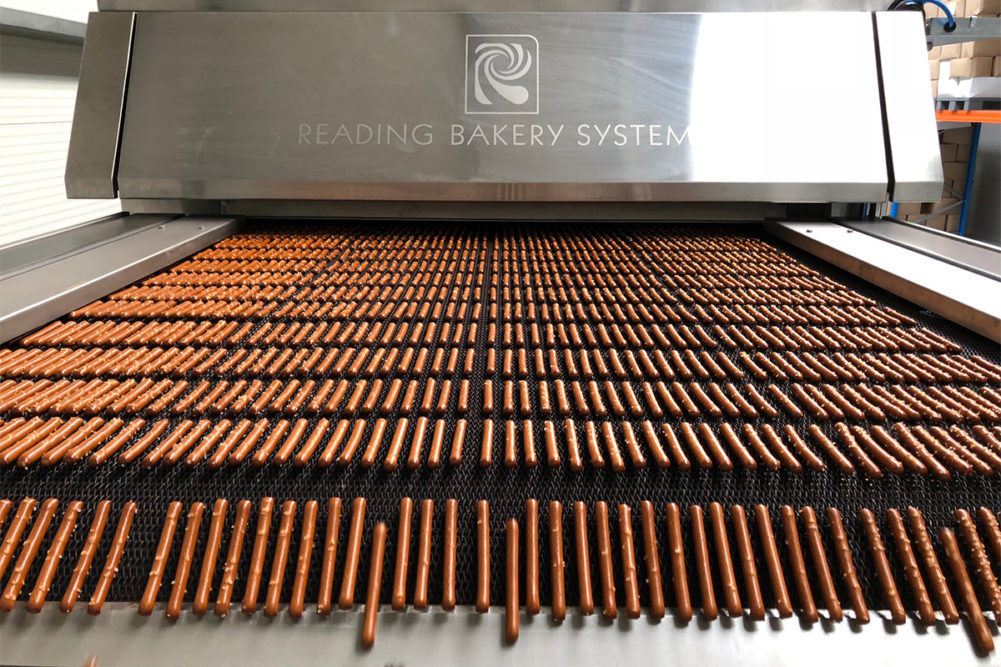Bakers didn’t have to worry too much about oven efficiency for the past decade. With natural gas now up to three times the price of last year’s costs and the highest in at least 14 years, however, bakers should make sure that their ovens are firing on all cylinders.
“With direct gas-fired ovens, you need to check on your ribbon burners regularly to see if they are operational,” said Jerry Barnes, vice president, Babbco. “If you had 80 burners to start with, and you’re now operating on 40 burners, that’s a problem. You would like to have all of them operational and not limping along with 40 doing the work.”
While many companies have contracts that hedge against energy price increases in the short run, bakers need to monitor their ovens more closely to ensure their hard-earned money isn’t going up in smoke in the long run. It could even be as simple as reminding operators to close the dampers after they conduct an oven purge.
“The biggest waste of energy in any oven is the exhaust,” said Scott McCally, president of Auto-Bake Serpentine and Hinds-Bock, both part of Middleby Bakery Group. “Anything you exhaust out of the oven is wasted heat and wasted fuel.”
Joe Zaleski, president of Reading Bakery Systems, recommended bakers start by understanding energy consumption for each pound of cookies or crackers baked.
“Every product requires a slightly different amount of heat to bake the product to the final moisture value,” he explained. “A product’s formula, water content, shape and bake time all factor into the energy required to create the texture and taste of that final product.”
Oven operators should monitor the fuel flow for 1 hour of continuous production and divide that number by the total finished product weight produced to determine the fuel energy consumption per pound. Mr. Zaleski said typical wirecut or rotary moulded cookies range from 400 to 800 BTUs/lb, while crackers range from 800 to 1,200 BTUs/lb.
Specifically, he noted, baked product requires about 40% of the energy or heat to raise the ingredient temperatures and vaporize the water. The circulating steel conveyor belt carrying the product through the oven consumes another 20% of the heat. The makeup air coming into the oven replacing humid exhaust air requires 20% of the heat to raise the incoming air temperature to the oven air temperature. And finally, 20% of the heat is lost to the conduction of heat through the insulated walls, ceiling and floor of the oven.
Using these numbers, Mr. Zaleski said, bakers can then search for ways to reduce the energy consumption of the oven.
Bakers have an abundance of tools to slash energy waste and enhance product quality.
“If you have an old, constant-spark ignition oven, upgrade it to direct-spark ignition,” Mr. Barnes said. “That’s been a trick that bakers have been employing for years. If you can afford new technology, modernize the oven with adaptive control. It produces so many other benefits.”
This article is an excerpt from the July 2022 issue of Baking & Snack. To read the entire feature on Ovens, click here.





